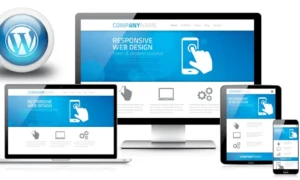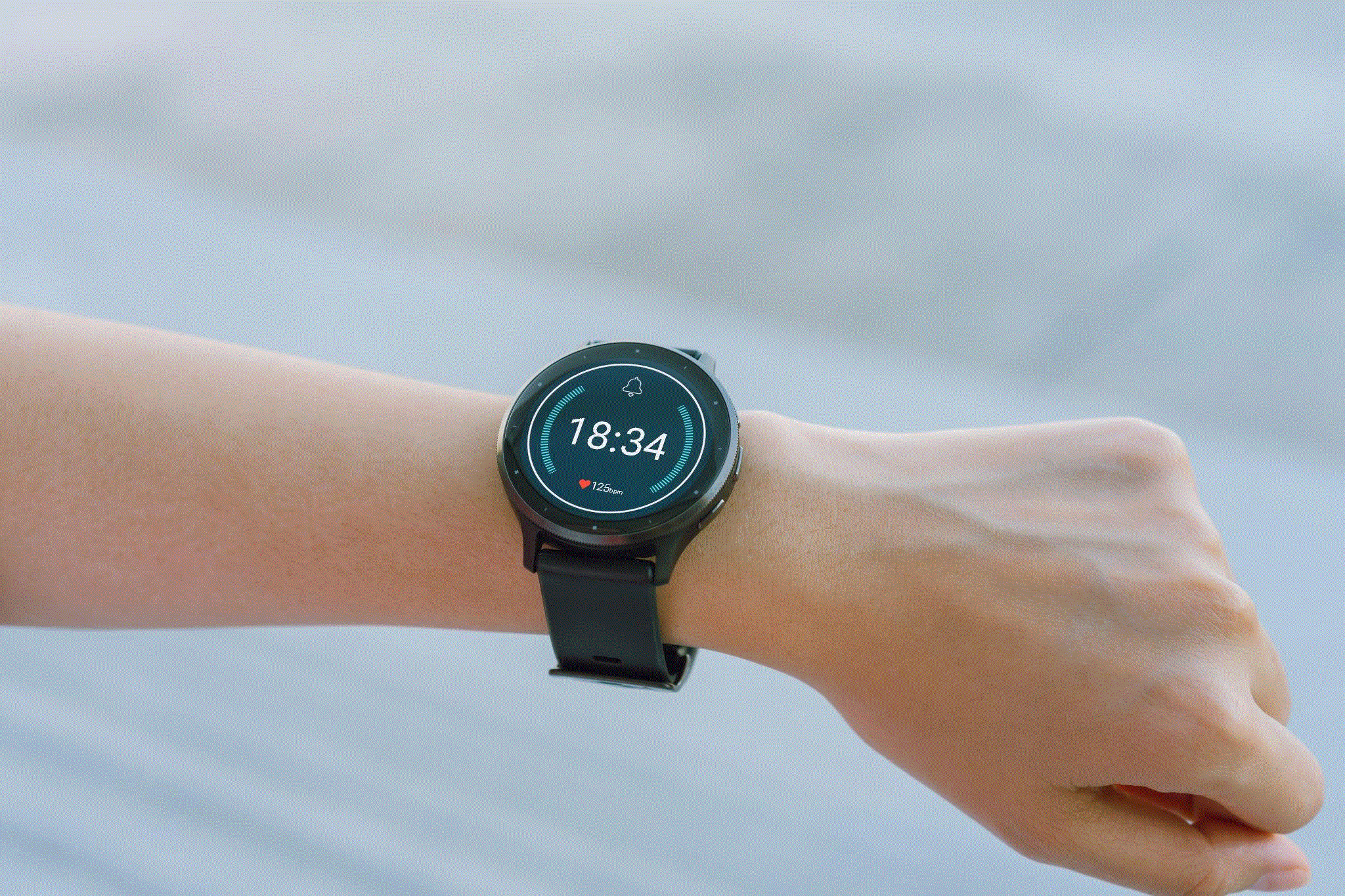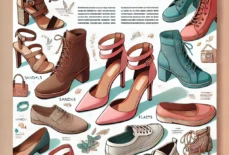One of the most popular reasons a business uses graphic design is to create a visually appealing brand. Around 94% of individuals feel design has a role in their first impressions of a company.
Graphic design for print materials is an important part of marketing and communication for any business. The aesthetic elements of print items like flyers, brochures, business cards, and posters can greatly impact how well a marketing campaign works. However, not all graphic designs are created equal, and designers should keep certain dos and don’ts in mind to ensure their print materials are effective and engaging.
In this blog, we’ll examine some of the most important dos and don’ts of graphic design for print materials. You can collaborate effectively with a design agency and create print materials that stand out.
WHAT TO DO
Understand the Purpose of the Design
It’s essential to understand the goal of the print material before starting any design work. What is the company’s message, and who is the intended audience? These questions will help guide the design process and ensure the finished product reaches its target audience.
For example, a brochure for a travel agency targeting families should be designed with bright, fun colors and images that evoke feelings of adventure and excitement. In contrast, a brochure for a law firm targeting corporate clients should have a more professional and polished design with clean lines and sophisticated colors.
Use High-Quality Images
The images used in print materials are an essential element of the design. They should be of excellent quality and relevant to the message being conveyed. Images that are blurry or pixelated can distract from the overall effect of the design, while images that are irrelevant to the message can confuse the audience.
When selecting images, it’s important to consider their resolution and format. Images with a resolution of at least 300 dpi are ideal for print materials, and they should be saved in a format that is suitable for printing, such as TIFF or PDF.
Proofread and Edit
Editing and proofreading are essential components of graphic design for print goods. The quality of the design and the company’s trustworthiness can both be negatively impacted by a simple spelling or grammar problem.
Designers should carefully proofread all text and double-check for accuracy before sending the design to the printer. It’s also important to ensure the design is formatted correctly and all elements are aligned and spaced properly.
Choose Appropriate Fonts
Fonts are an essential part of print graphic design. They can communicate a specific mood or tone and should be chosen carefully to ensure readability and appropriateness for the content being conveyed.
When selecting fonts, it’s important to consider their readability, size, and spacing. Fonts that are too small or cramped can be challenging to read, while fonts that are too large or spaced too far apart can look unprofessional. Sans-serif fonts like Arial or Helvetica are generally easier to read than serif fonts like Times New Roman or Garamond.
Test the Design
It’s smart to evaluate the design to ensure it effectively communicates the intended message before putting the finishing touches on it and sending it to the printer. This can be accomplished by showing the design to a focus group or performing a survey.
Testing the design can help identify any potential issues or areas for improvement. It can also provide valuable feedback on the effectiveness of the design in reaching its intended audience.
Avoid These Mistakes
Don’t Overcrowd the Design
While adding as much information as possible in print content may be tempting, cluttering the design might be detrimental. When too much information is presented, it can be difficult for the audience to concentrate on the main idea.
Instead, the design should be clean and simple, with enough white space to make the message stand out. This can be achieved through careful use of font size and spacing and strategic placement of images and other design elements.
Don’t Use Too Many Colors
Although color can be a very effective element in graphic design, using too many can be distracting. The design should stick to a limited color scheme that complements the brand and message of the organization.
When selecting colors, it’s important to consider their meaning and symbolism. For example, blue is often associated with trust and reliability, while red is associated with excitement and passion. The color palette should also be suitable for the intended audience. Bright, bold colors may be appropriate for a children’s toy store but may not be suitable for a law firm targeting corporate clients.
Ignore Printing Requirements
Designers should be aware of the printing specifications for their designs, as printed materials are created with a specific printing technique in mind. These requirements can include bleed lines, safe zones, and color profiles.
Bleed lines are the extra space around the edges of the design that are used for trimming after printing. Safe zones are the areas within the design that should not contain any important information, as they may be cut off during printing. Color profiles specify the color values and settings used for printing to ensure the colors are accurate and consistent across different printing methods.
Don’t Copy Other Designs
While staying current on design trends and best practices is important, copying other designs is not a good strategy. Copying other designs can result in a lack of originality and creativity, and it can also be a violation of copyright laws. Designers should instead try to develop one-of-a-kind and creative designs that stand out in a competitive marketplace. This can be accomplished by experimenting with various design aspects as well as incorporating the company’s branding and message into the design.
Ignoring these printing requirements could lead to printed materials not being of the desired quality, missing text or images, or inconsistent color.
Final Words
Finally, understanding the dos and don’ts of graphic design for print products is important for producing aesthetically appealing and effective print designs. You can ensure that your print materials stand out and deliver the appropriate message to your target audience by following the guidelines mentioned in this blog.
However, we understand that not everyone has the time or expertise to create professional-grade print designs. That’s where print design services come in. With the help of these services, you may upgrade your print materials with a variety of options, from simple layout designs to custom artwork.







































